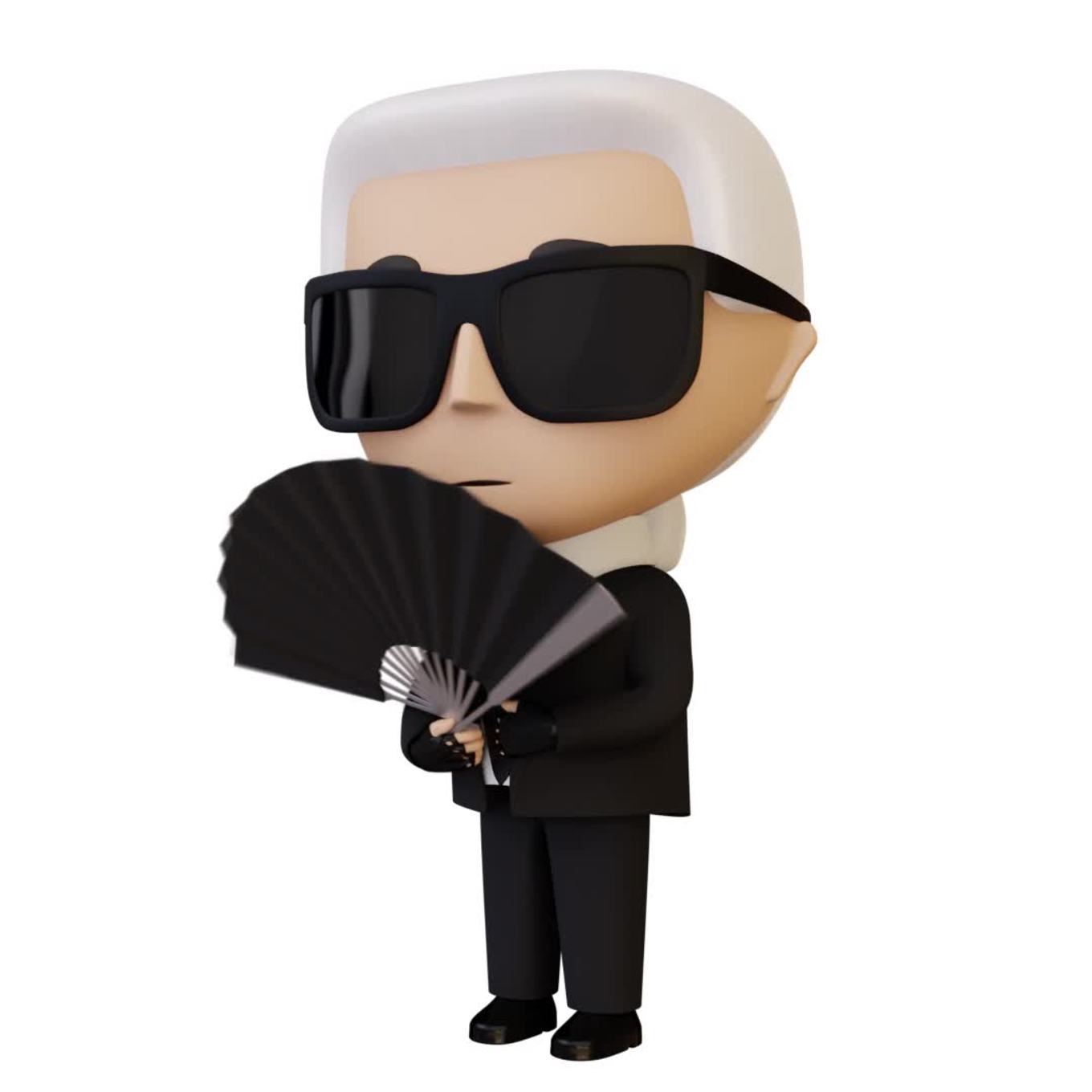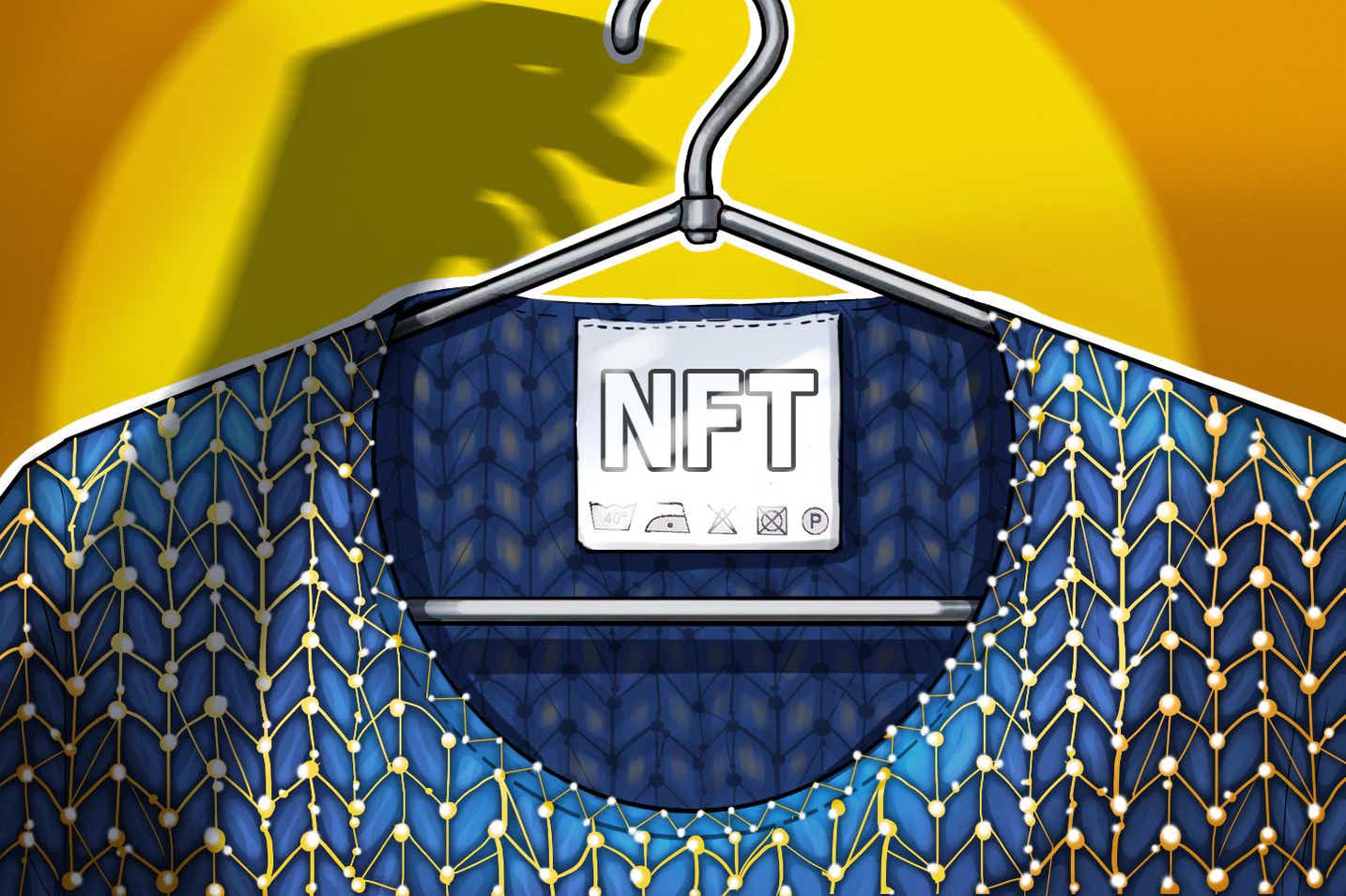
What is virtual fashion? It’s the process of designing and creating digital garments that can be worn in virtual reality. And what are NFTs? They’re non-fungible tokens, which are a type of cryptocurrency that represents unique digital assets. So how do these two concepts work together to create increased brand recognition? In this blog post, we’ll explore that question and discuss some of the things you’ll need to make a successful virtual fashion and NFT project.
One of the key benefits of virtual fashion is that it can be used to create a more personal connection with customers. When people can see and interact with your digital garments, they feel like they’re getting to know you better as a brand. This helps to build trust and loyalty, which are essential for any business. Additionally, virtual fashion can be used to showcase new products and designs. This is a great way to attract attention and generate interest in your brand.
Another advantage of virtual fashion is that it can be used to create unique experiences that wouldn’t be possible with physical clothing. For example, you could create a virtual fashion show that allows customers to explore the garments from all angles. Or you could create a virtual dressing room where they can try on different outfits. These kinds of experiences help to engage customers and make them feel like they’re a part of your brand.
Finally, virtual fashion can be used to create more engaging marketing campaigns. For example, you could release a collection of virtual garments that are only available for a limited time. This would create a sense of urgency and encourage people to take action before the clothes disappear. You could also use virtual fashion to target specific demographics. This would help you to reach new audiences and increase brand recognition.
So virtual fashion can be a great way to increase brand recognition. But what’s required to make a successful virtual fashion and NFT project? Here are some things to keep in mind:
– First, you’ll need a good team of designers who have experience creating digital garments.
– Second, you’ll need a strong marketing strategy to promote your virtual fashion.
– Third, you’ll need to create a compelling virtual store that customers will want to explore.
– Fourth, you’ll need to find a suitable platform for hosting your virtual fashion.
– Fifth, you’ll need to make sure that your virtual garments are compatible with different VR platforms.
– Sixth, you’ll need to test your virtual fashion before release.
– Seventh, you’ll need to set up a system for managing customer feedback.
– Eighth, you’ll need to continue updating your virtual fashion collection over time.
So these are some of the things you’ll need to keep in mind if you want to create a successful virtual fashion and NFT project.
So what’s required to make a successful virtual fashion and NFT project? First, you’ll need a good idea that showcases the unique capabilities of virtual fashion. Second, you’ll need to create high-quality digital garments that look realistic and appealing. And third, you’ll need to promote your project to attract attention and generate interest. If you can do all of these things, then you’re on your way to creating a successful virtual fashion and NFT project.
If you’re thinking of creating a virtual fashion and NFT project, be sure to check out our website for more information. We can help you get started and make your project a success. Thanks for reading!
MIRRARME Team


